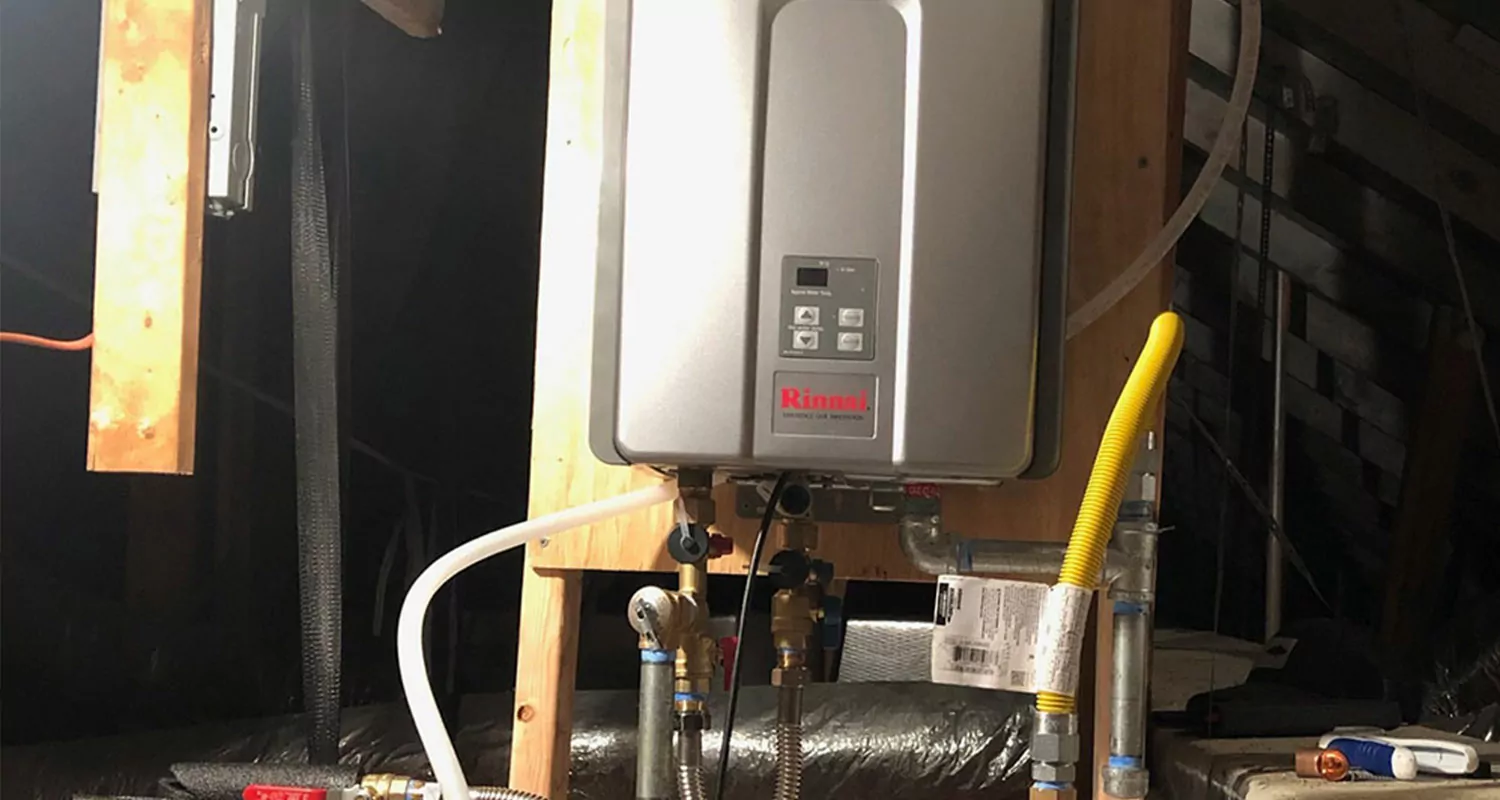How to Prolong the Lifespan of Your Home's Hot Water System By Maintenance
How to Prolong the Lifespan of Your Home's Hot Water System By Maintenance
Blog Article
They are making a number of good pointers about How to Maintain a Hot Water Heater in a Few Simple Steps in general in this content just below.

Warm water is essential for day-to-day comfort, whether it's for a refreshing shower or cleaning dishes. To guarantee your hot water system runs effectively and lasts longer, normal maintenance is key. This post offers sensible ideas and understandings on how to keep your home's hot water system to stay clear of interruptions and pricey repair services.
Intro
Maintaining your home's hot water system could appear complicated, but with a few simple actions, you can ensure it runs smoothly for years to find. This overview covers everything from comprehending your hot water system to do it yourself maintenance pointers and knowing when to call expert help.
Significance of Maintaining Your Warm Water System
Routine upkeep not only expands the lifespan of your warm water system but likewise guarantees it operates effectively. Ignoring upkeep can result in lowered efficiency, higher power bills, and even premature failure of the system.
Indicators Your Hot Water System Requirements Upkeep
Knowing when your hot water system needs interest can protect against major problems. Keep an eye out for indicators such as inconsistent water temperature level, unusual sounds from the heating system, or corroded water.
Understanding Your Hot Water System
Before diving right into upkeep tasks, it's practical to recognize the basic components of your hot water system. Normally, this consists of the hot water heater itself, pipes, anode rods, and temperature controls.
Regular Monthly Upkeep Tasks
Normal month-to-month checks can aid catch minor problems before they intensify.
Purging the Hot Water Heater
Purging your hot water heater removes sediment buildup, improving efficiency and prolonging its life.
Checking and Replacing Anode Rods
Anode rods stop rust inside the container. Checking and changing them when worn is vital.
Checking and Readjusting Temperature Settings
Adjusting the temperature settings ensures optimum efficiency and safety and security.
DIY Tips for Upkeep
You can execute numerous upkeep tasks yourself to keep your warm water system in leading problem.
Checking for Leakages
Routinely check pipes and connections for leakages, as these can bring about water damages and greater costs.
Testing Stress Alleviation Valves
Checking the pressure relief valve ensures it operates appropriately and stops too much stress build-up.
Insulating Pipelines
Shielding hot water pipes minimizes warmth loss and can conserve energy.
When to Call a Professional
While do it yourself upkeep is helpful, some problems require professional expertise.
Facility Problems Requiring Specialist Assistance
Examples consist of significant leaks, electric issues, or if your water heater is continually underperforming.
Regular Specialist Maintenance Benefits
Specialist maintenance can consist of complete evaluations, tune-ups, and guaranteeing compliance with safety and security standards.
Verdict
Normal upkeep of your home's warm water system is important for effectiveness, longevity, and expense financial savings. By complying with these tips and understanding when to seek specialist help, you can make sure a reputable supply of warm water without unexpected disturbances.
How to Maintain an Instant Hot Water Heater
Before tinkering with your hot water heater, make sure that it’s not powered on. You also have to turn off the main circuit breaker and shut off the main gas line to prevent accidents. Also turn off the water valves connected to your unit to prevent water from flowing into and out of the appliance. 2. When you’re done, you have to detach the purge valves’ caps. These look like the letter “T†and are situated on either side of the water valves. Doing so will release any pressure that has accumulated inside the valves while at the same time avoid hot water from shooting out and burning your skin. 3. When the purge valves’ caps are removed, you have to connect your hosing lines to the valves. Your unit should have come with three hoses but if it didn’t, you can purchase these things from any hardware or home repair shops. You can also get them from retail stores that sell water heating systems. Read the user’s manual and follow it to complete this task properly. When the hosing lines are connected, open the purge port’s valves. 4. You should never use harsh chemical cleaners or solutions when cleaning your unit. Make use of white vinegar instead. It should be undiluted and you’ll probably use about 2 gallons. 5. Now flush your water heater. This task should probably take about 40 minutes. We can’t give you specific directions for this because the procedure is carried out depending on the type, model and brand of your heater. With that being said, refer to the user’s manual. 6. When you’re done draining the unit, you have to turn off the purge port valves again. Remove the hosing lines that you earlier installed on each of the water valves. Put the valve caps (purge port) back in their respective places and be very careful so as not to damage the rubber discs that are found inside these caps. 7. Now that everything’s back in place, check your user’s manual again to find out how to reactivate your water heating system. 8. Once it is working, turn one of your hot water faucets on just to let air pass through the heater’s water supply pipes. Leave the tap on until water flows smoothly out of it. https://www.orrplumbing.com/blog/2014/september/how-to-maintain-an-instant-hot-water-heater/

Do you enjoy reading up on Tips on Maintaining a Water Heater? Create feedback down the page. We would be pleased to know your reactions about this content. We hope to see you back again soon. If you please pause to promote this blog post if you enjoyed reading it. We thank you for your readership.
Recurring Service Plans Report this page